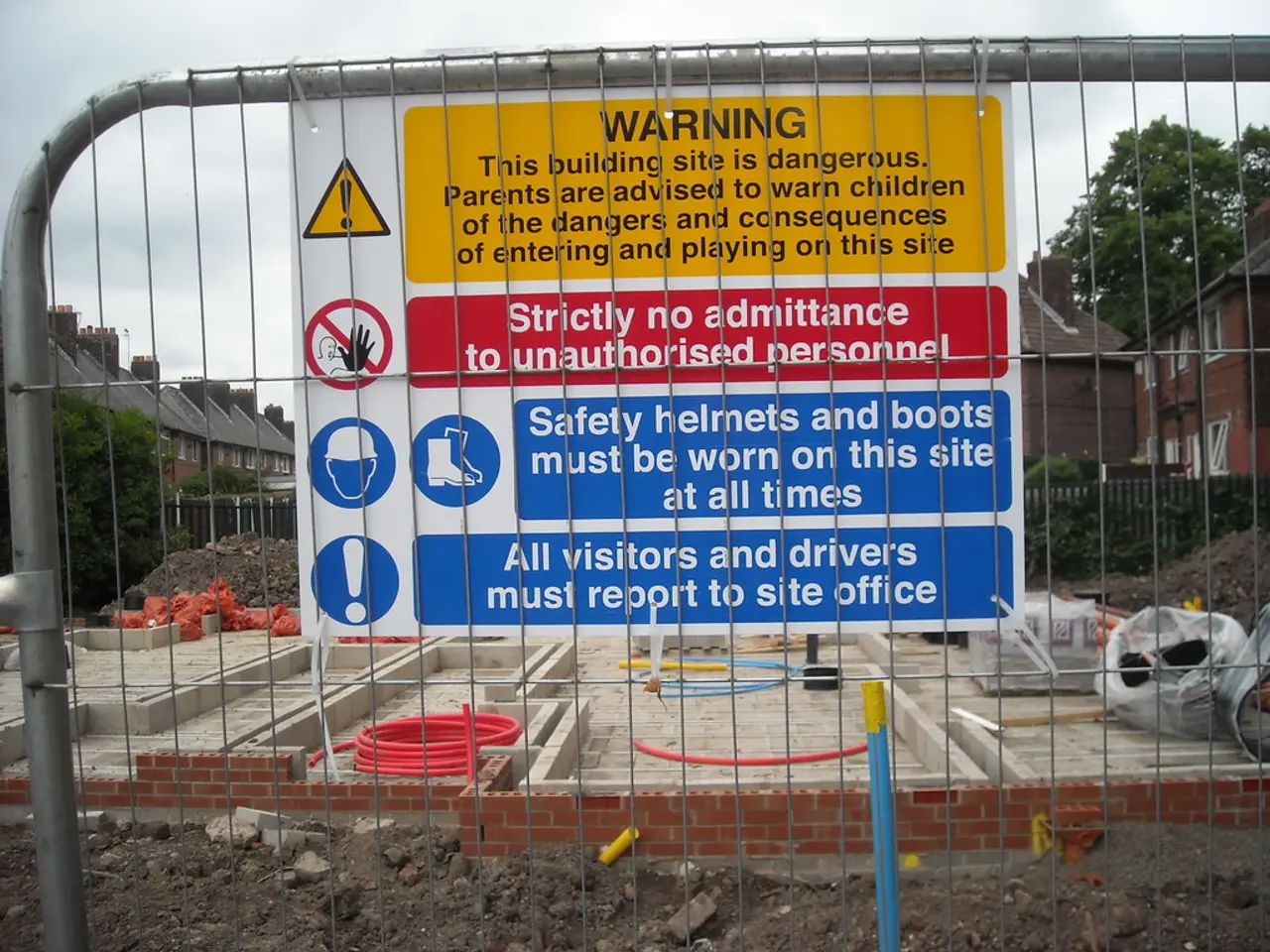Revitalization Initiative for Neglected Hardrock Mines, Led by Local Good Samaritans
Good Samaritan Remediation of Abandoned Hardrock Mines Act of 2024 Enables Voluntary Cleanup Efforts
The Good Samaritan Remediation of Abandoned Hardrock Mines Act of 2024, recently signed into law, aims to empower conservation organisations and state agencies to undertake cleanup projects at abandoned hardrock mine sites, improving water quality and environmental conditions without incurring liability under certain federal environmental laws.
Under this Act, a Good Samaritan Program has been established, allowing these voluntary entities to address pollution and hazards at legacy mining sites, which often have no viable owners or operators responsible for cleanup. These projects help remediate abandoned mines by tackling problems such as acid mine drainage, erosion, chemical releases, and water contamination — issues common in historic mining operations, particularly in the western United States.
The U.S. Environmental Protection Agency’s (EPA) Office of Mountains, Deserts and Plains supports these Good Samaritan efforts by providing oversight and assistance focused on abandoned hardrock mining sites west of the Mississippi River. This office helps coordinate cleanup and promotes adaptive management approaches to address the unique environmental impacts of mining in that region.
The Act provides a liability shield for these qualified groups to perform environmental remediation at abandoned mines. It encourages voluntary cleanup efforts that improve water quality and reduce pollution from legacy mines. EPA’s regional office supports these projects to accelerate positive community and environmental outcomes.
The EPA is working on the process for applicants to submit permit applications, and further information can be found on their website. Two documents have been released to help potential Good Samaritans: "Good Samaritan Question and Answers on Eligibility (pdf)" and "Good Samaritan Permit Application Flowchart - Conceptual (pdf)".
To be eligible for the Good Samaritan Program, an individual or organisation must not be a past or current owner or operator of the abandoned hardrock mine site, had no role in the creation of the historic mine residue, and is not potentially liable for the remediation, treatment, or control of the historic mine residue.
If the permit is for a project on federal lands, the applicable federal land management agency (e.g., Department of the Interior for land managed by the Bureau of Land Management or Department of Agriculture for land managed by the Forest Service) also reviews and approves the permit. For projects on private, state, or Tribal lands, the EPA reviews and approves the permit.
The Act allows up to 15 Good Samaritan permits and 15 investigative sampling permits. The Good Samaritan Program exempts permit holders from obtaining certain authorizations, permits, and licenses for the project.
The goals of the Good Samaritan Program are to make measurable progress toward achieving applicable water standards, improved soil quality, improved sediment quality, other improved environmental or safety conditions, or reductions in threats to soil, sediment, or water quality or other environmental or safety conditions.
The EPA's website contains information about past Good Samaritan activities, which can be found under the heading "What Fuels Our Work". The Act was signed into law on December 17, 2024.
[1] Information sourced from the U.S. Environmental Protection Agency’s website.
- The Good Samaritan Remediation of Abandoned Hardrock Mines Act empowers organizations to conduct cleanup projects on legacy mine sites, employing science and technology to improve land and water quality, and address environmental concerns.
- The Act's Good Samaritan Program exempts eligible entities from certain federal environmental liabilities, enabling them to perform environmental remediation, such as addressing acid mine drainage, erosion, chemical releases, and water contamination.
- Under the Act, the U.S. Environmental Protection Agency provides oversight and assistance, helping to streamline the permit application process for projects focused on abandoned hardrock mining sites west of the Mississippi River.




